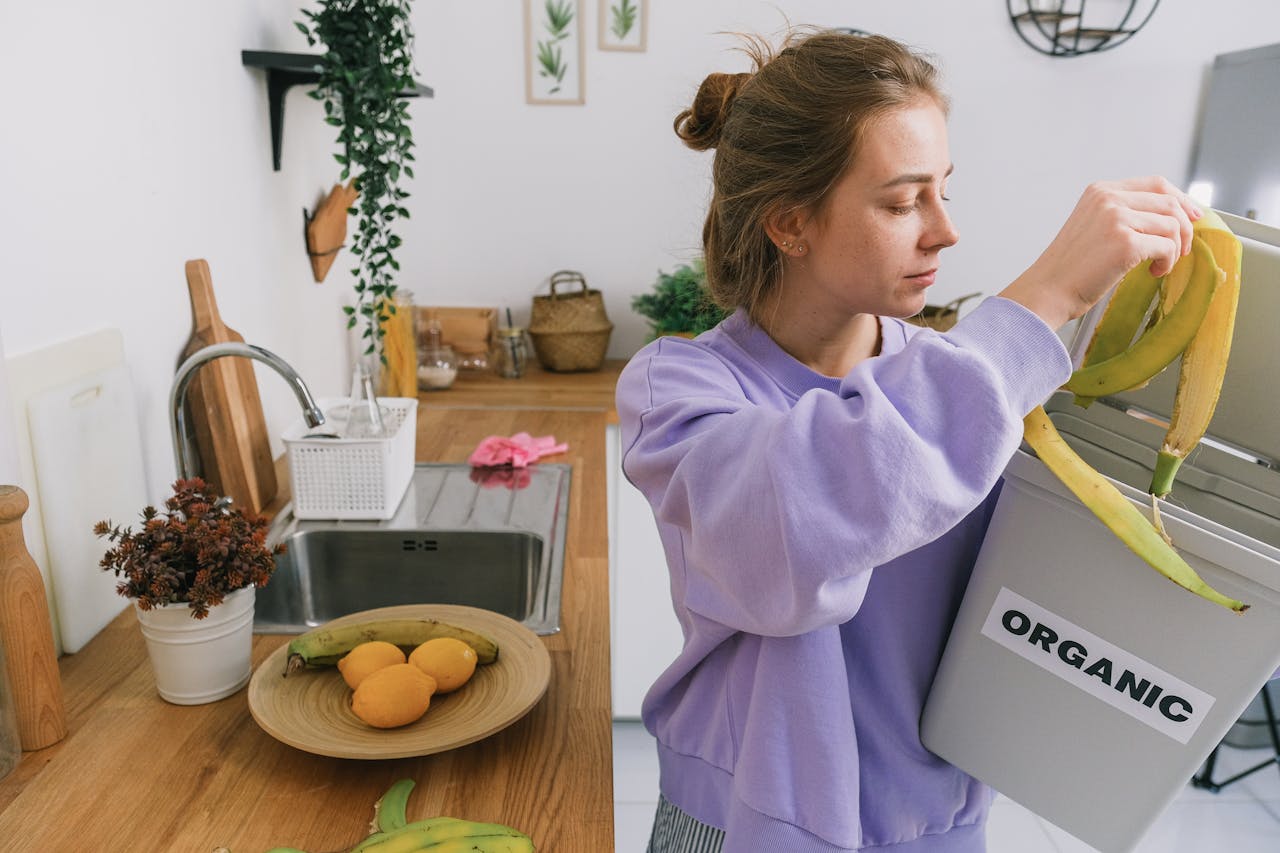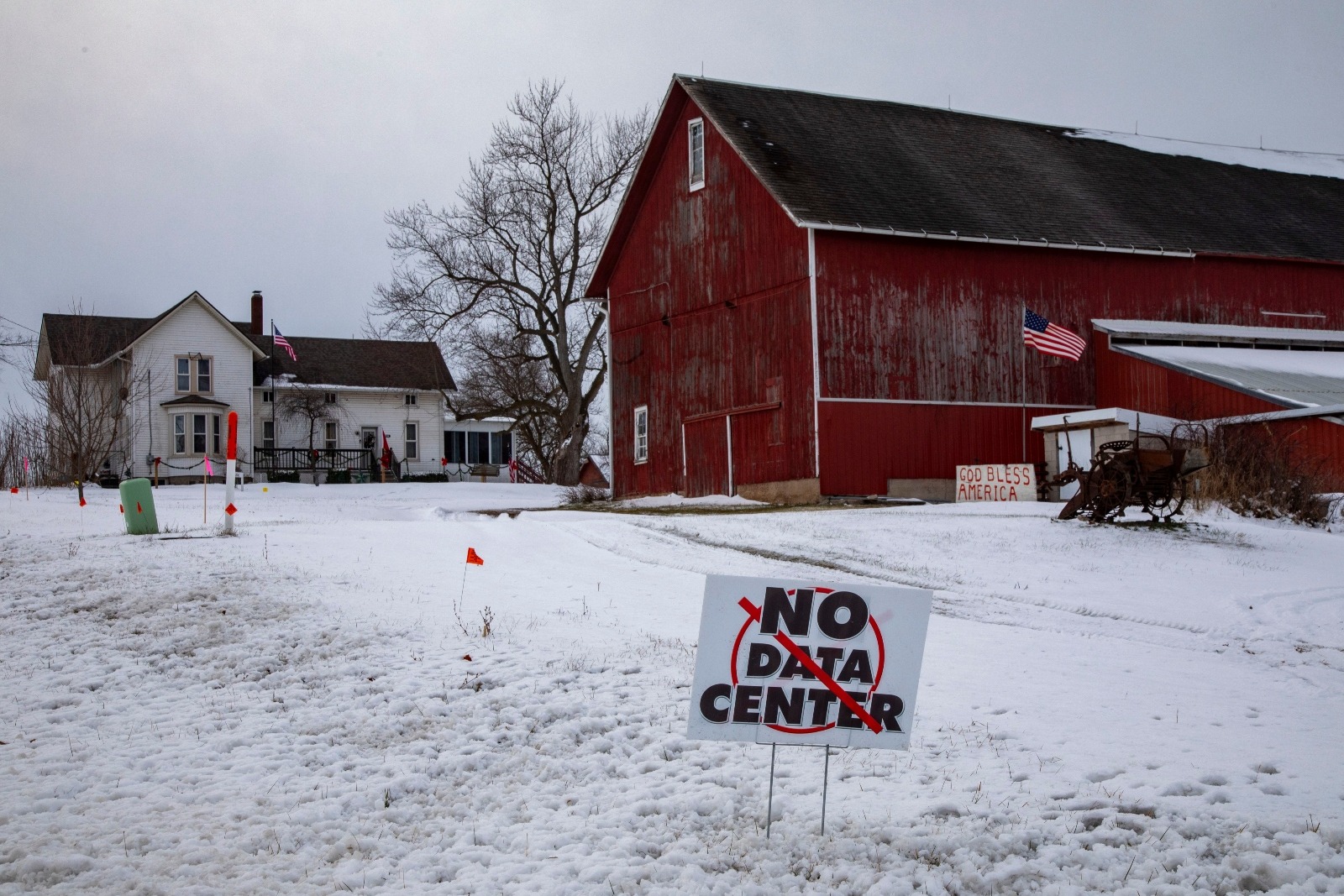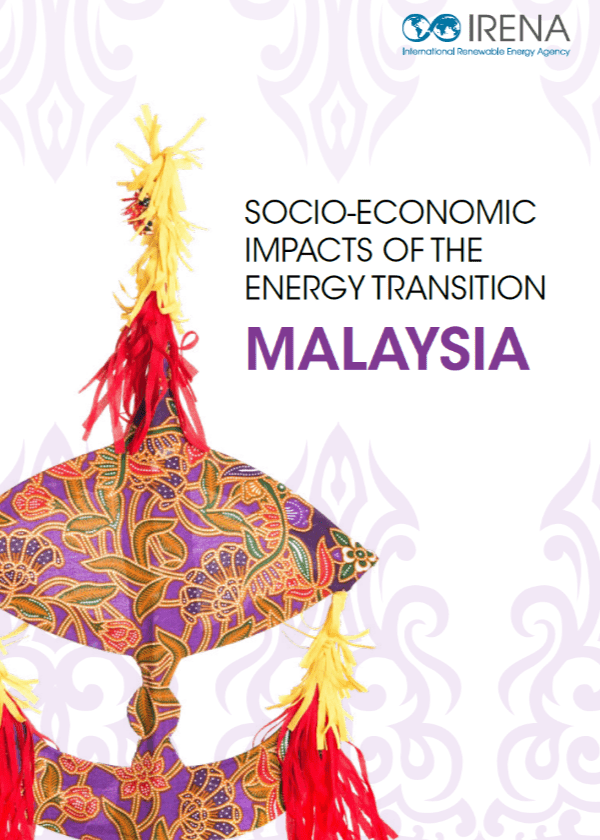The beginning of the year is the perfect time to start fresh and make better choices for the environment. The nice thing is, it doesn’t have to feel overwhelming to do it, because small changes add up. Simple eco-friendly actions, like deciding to reuse what you have, cut down on waste and make mindful purchases, can make a big difference. With a little effort, sustainability can become second nature in your routine.
Tackle Food Waste for a Greener Home
Food waste is a massive problem, but a few simple habits can make a big difference. In the U.S., people toss out 92 billion pounds of food every year — the equivalent of 145 billion meals wasted, according to Feeding America. It’s not just scraps and leftovers either. Over 38% of all food produced in the country never gets eaten, adding up to a staggering $473 billion worth of wasted food every single year.
So, how can you waste less and save more? Start with meal planning. Before grocery shopping, check your fridge and plan meals around your leftovers. Buy only what you need and portion food wisely to avoid cooking too much. Freezing leftovers or extra ingredients is another simple way to extend their life.
Composting is a great way to keep food scraps out of landfills. If you can’t compost at home, sign up for municipal composting programs or donate food scraps to local schools with composting programs. Many cities now offer community compost bins, and some farmers’ markets collect food waste too. Keeping food out of the trash means less landfill waste and a healthier planet.
Eliminate Single-Use Plastics from Everyday Life
Plastic is everywhere, and most of it gets used once before ending up in landfills or oceans. Every year, the world produces over 380 million tons of plastic and nearly half of it goes toward single-use plastic products. This means people throw away billions of plastic bags, straws, cups and containers after just one use. The good news? Cutting back is easier than you might think.
Start with simple swaps. Instead of plastic straws, use a reusable metal or silicone one. Replace plastic sandwich bags with silicone food bags that last for years. Refill a high-quality water bottle rather than buying disposable plastic bottles and, when shopping, bring your own tote bags to skip the plastic ones at checkout.
These small changes help make your home more eco-friendly and allow you to cut down on waste without much effort. Every reusable item means fewer plastics in landfills and oceans. The more people making these swaps, the bigger the impact.
Digitize and Declutter Special Papers
Old bills, school projects, important documents and sentimental keepsakes can pile up fast. Instead of letting your papers take over drawers and cabinets, digitize what matters and recycle the rest.
For important papers like medical records, tax documents or warranties, use a scanner or a scanning app to create digital copies. Store them on a cloud service, like Dropbox, or an external hard drive for easy access. Shred anything you no longer need, to protect personal information, before recycling it.
You can also preserve children’s artwork in creative ways to avoid stacks of paper cluttering your home by taking high-quality photos or scanning each piece. Create a digital album or print a photo book filled with their best work. This allows you to hang onto those memories without keeping every single drawing. If your child loves to display their creations, frame a few favorites and rotate them out over time. Some parents even use apps to organize and store artwork digitally, making it easy to look back on special pieces without filling up storage bins.
You don’t need to lose memories to reduce paper waste. Instead, simply find new ways to store them that save space and the environment.
Shop Sustainably and Mindfully
Every purchase has an impact and making more thoughtful choices can cut down on waste. Clothing and household items might seem harmless, but their production and disposal often create pollution, waste and even unethical labor conditions.
For example, fast fashion harms the environment by producing excessive textile waste, using toxic dyes and relying on exploitative labor. Many cheaply made clothes wear out quickly, ending up in landfills after just one season of wear.
Instead of buying low-quality, disposable items, invest in well-made, sustainable pieces made to last. Look for brands that use organic or recycled materials, fair labor practices and eco-friendly packaging. Secondhand shopping is another great alternative. Visiting your local thrift store keeps clothes out of landfills and will refresh your wardrobe, without breaking the bank.
For household purchases, choose durable, repairable products over cheap, single-use ones. Read labels, research brands and support companies committed to sustainability. Buying less, but choosing better, helps reduce overall waste while supporting ethical businesses.
Conclusion: A Greener Path Forward
Small, consistent changes can help you cut down on waste every day. Every reusable bag, every mindful purchase and every meal saved from the trash adds up. When you make eco-conscious choices in the new year, you’re creating lasting habits beneficial to both your home and the planet. Your actions today lead to a cleaner, greener future for all.
Source link
Katie Brenneman biofriendlyplanet.com




